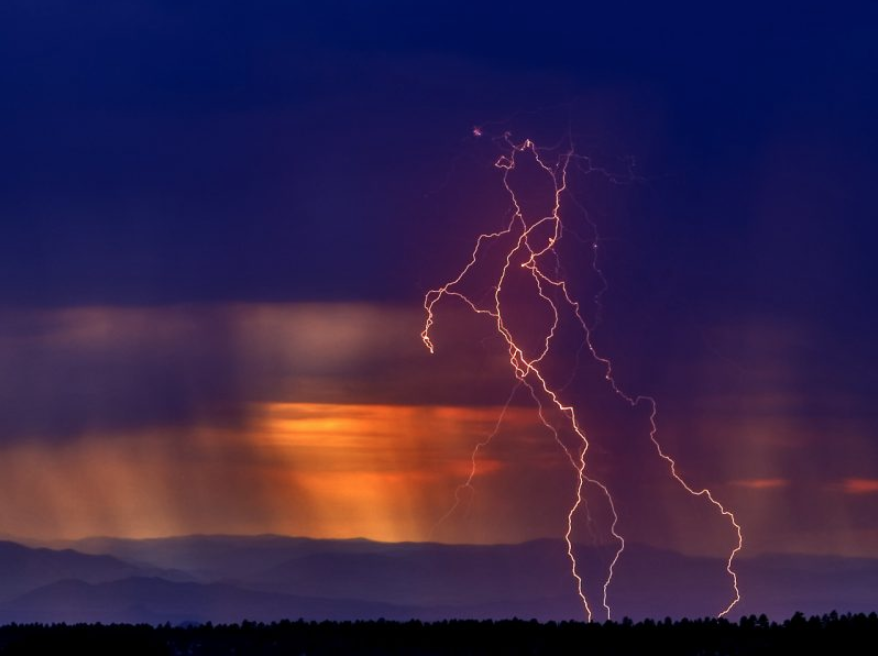Teach This Poem is a weekly series featuring a poem from our online poetry collection, accompanied by interdisciplinary resources and activities designed to help K-12 teachers quickly and easily bring poetry into the classroom.
The following activities and questions are designed to help your students use their noticing skills to move through the poem and develop their thinking about its meaning with confidence, using what they’ve noticed as evidence for their interpretations. Read more about the framework upon which these activities are based.
-
Warm-up (individual drawing): Draw several images that show what the word crisscross means to you, then write a brief paragraph that describes, with good detail, what lines might look like when they crisscross with each other or with something else.
-
Before Reading the Poem (pair share): Look closely at the photograph of lightning. What do you notice when you look at this image? Be specific. What do the lines of lightning do? What do you think the lines of lightning might resemble? Locate the Truchas Peaks and the Pojaque River on a map. Where are they? Also, what does relámpago mean in Spanish? Share what you noticed, your thoughts, and your answers to the factual questions with a partner.
-
Reading the Poem: Read the poem by Arthur Sze silently, then write down the words and phrases that jump out at you.
-
Listening to the poem: Listen twice to the audio recording of the poet reading the poem aloud. Write down any additional words and/or phrases that you notice.
-
Small-group Discussion: What did you notice in the poem that can be related to the previous activities? What questions do you have about the poem? Where is the speaker in the poem located? What are the places you can identify?
-
Whole-class Discussion: Is the speaker in the poem physically located at one time in all the places he mentions? When might he be physically somewhere, and when might he be some place in his mind? Look carefully again at the poem: Where do the different places appear in the structure of the poem? How might this relate to the title of the poem?
-
Extension for Grades 7-8: Draw a simple design on a piece of paper. Make associations in your mind with this design. Write down the associations. Write either a paragraph or a poem that describes your design and includes the associations you have made.
-
Extension for Grades 9-12: What might be the relationship between the first three lines in the poem and the last one? What hints do these lines give you about how the poet might feel? How might the body of the poem fit with this feeling? Write an essay, using evidence from the poem, that shows the reasons that might be behind these relationships.
More Context for Teachers
This poem also presents an opportunity to share more information about Chinese calligraphy with your students. Learn more with resources from the Metropolitan Museum of Art.

